Tara Pearl, Costa Rica. Tobush Tobosi Manor in Red Honey. Carnett Manor washed in VS.
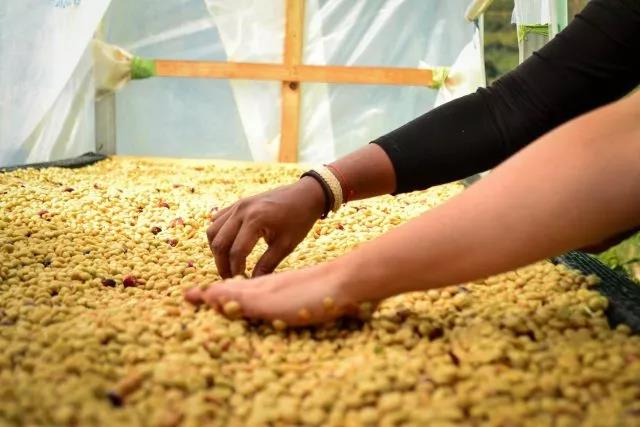
Professional coffee knowledge exchange more coffee bean information please follow the coffee workshop (Wechat official account cafe_style)
Costa Rica Tara Pearl producing area | what is the difference between Shumawa Manor, Topher Tobosi Manor and Carnett Manor Mozart?
Costa Rican coffee cultivation was introduced by Cuba in 1779 and exported for the first time in 1820. There are about 32000 coffee farmers, with an average planting area of less than one hectare (10000 hectares) per farmer. Costa Rica has a population of 41 billion (2006), with a coffee planting area of 82500 hectares and an annual production of 1.7 million bags (60kgs per bag). The annual domestic consumption is 380000 bags, with an average annual national consumption of 5.5kgs, which is higher than that of Japan (consumption 4kgs). At present, Taiwanese are only slightly higher than 1kg. According to ICO, Costa Rica produces about 1.6 million bags of Arabica coffee a year, which is far higher in quality and price than Central American countries such as Guatemala and Honduras.
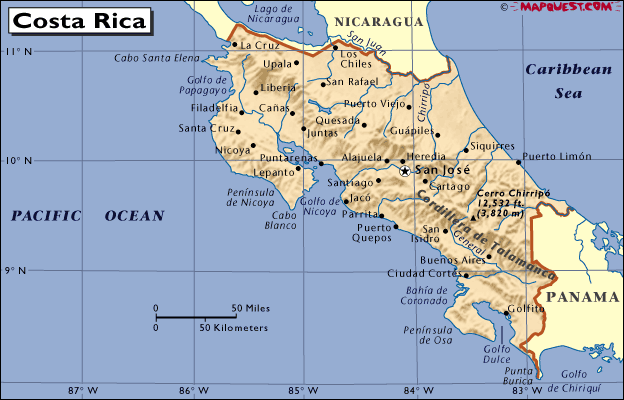
Costa Rica is the country where coffee was first introduced into Central America and has a long history. The coffee organization has a complete system from production to marketing. Because it is located in the Central American Gorge, there are many volcanoes, it has the natural advantages of sunshine and land, and the climate is reconciled by Pacific and Atlantic currents and sea breezes at the same time, the coffee produced has the characteristics of local micro-climate and soil conditions, in terms of quality and quantity, Costa Rican coffee has always been recognized by the world, and has been rated as one of the world-class high-quality coffee. With many towering volcanoes up to 2000 meters above sea level, coffee berries grow slowly in the fertile volcanic ash soil and cold environment at high altitude, giving birth to coffee beans with complete and rich flavor.
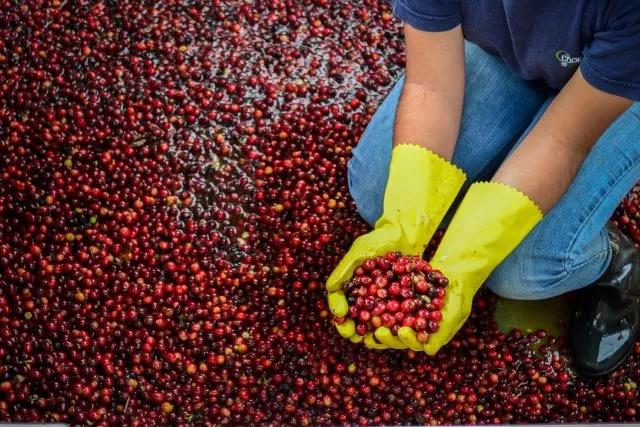
Costa Rica began growing coffee two hundred years ago, first on the slopes of the Poas and Barva volcanoes, today known as the Central Valley. After years of development, Costa Rica has eight main producing areas, namely: Guanacastes, West Valley, Central Valley, Turrialba, Orosi, Tres Rios, Tarrazu and Brunca. Among them, Tarazhu, the central valley and the western valley are the three largest producing areas with the highest popularity and the best quality.
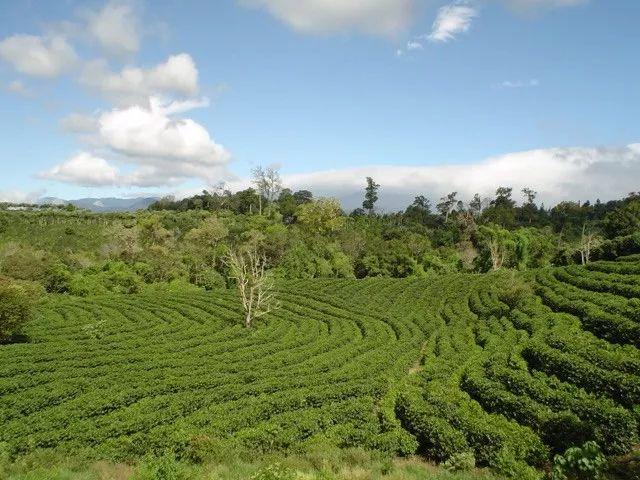
Costa Rica can be divided into two seasons each year. The dry season is from December to April, when coffee is harvested, while the rainy season is from May to November. In recent years, micro-processing plants have been set up one after another, and since the water consumption is only 5% of that of traditional washing plants, and does not require huge sinks and exposure fields, the investment required is relatively small. The "honey-treated coffee" with low acidity, high complexity and strong sweetness has become the target of competition in the coffee industry in recent years, and the outstanding ones have greatly enhanced the international popularity of the estates.
The famous method of honey treatment:
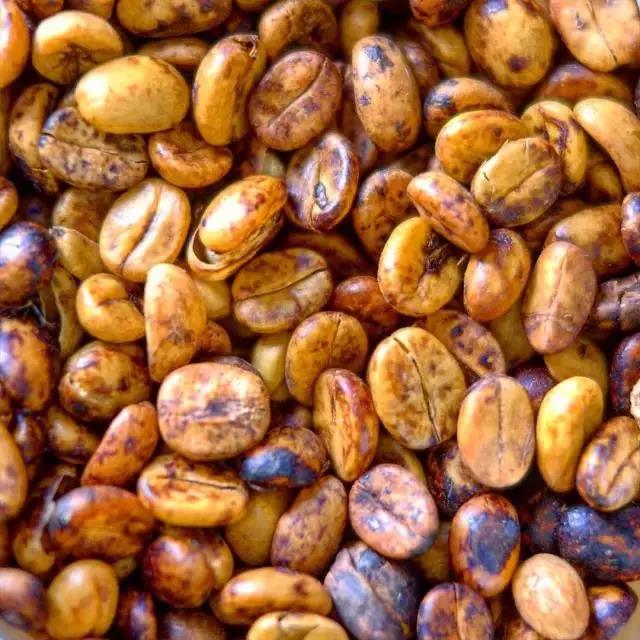
Honey treatment, called HoneyProcess or Miel Process, is used in coffee gardens in Costa Rica (Costa Rica), Panama (Panama) and Guatemala (Guatemala), which is called Honey Coffee. The so-called honey treatment refers to the process of making raw beans with mucous membrane for sun-drying.
Manor owner Mena uses a unique sweet honey treatment, he calls it: sweet sugar process! Take the juice from the coffee berry treatment to soak the shell bean in the treatment, because the berry juice contains high sweetness and unique enzymes, the processed shell bean contains richer taste and very complex positive flavor!
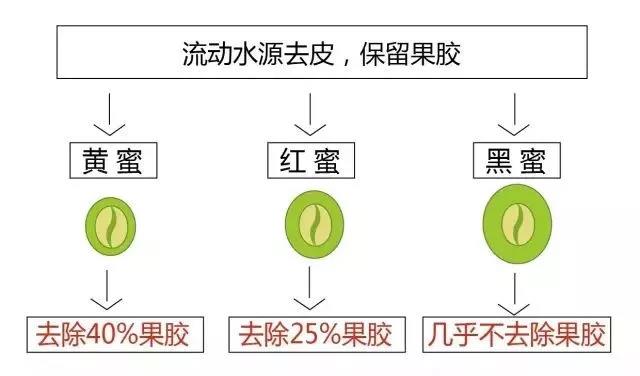
Yellow honey, red honey, black honey treatment, where is the difference?
Coffee farmers will classify coffee, some will retain less pectin layer so that they can be exposed faster, while others will retain more pectin layer and require longer exposure time.
Finca Tobosi Manor distinguishes honey treatment technology. Unlike other estates, his honey treatment technology is distinguished as follows:
White honey (White Honey) (keep 50% pulp)
Yellow honey (Yellow Honey) (retain 60% pulp)
Red honey (Red Honey) (retain 80% pulp)
Black honey (Black Honey) (retain 100% pulp)
Honey-treated coffee generally has a great balance of sweetness and acidity, and the flavor is generally not as strong as the sun-cured coffee, but it is more fresh and mellow, so the key to the flavor difference lies in the sugar and acidity of the pectin layer. the sugar in the pectin layer becomes more and more concentrated, and these sugars soak into the coffee beans.
The harvest season is usually from January to April every year, and because the temperature of the manor is only 10-20 degrees C, there are still freshly ripe coffee fruits in April! Simple understanding: the more pectin you keep, the richer and sweeter the coffee will be. Here is a comparison of the flavors of several honey treatments:
Pectin mucous membrane is the part with the highest content of coffee fructose, and it is also an important part of coffee fermentation. It can be said that 80% of this part determines the supply of nutrients in the process. Yellow honey retains 60% pectin, red honey retains 75% pectin, and black honey hardly removes pectin.
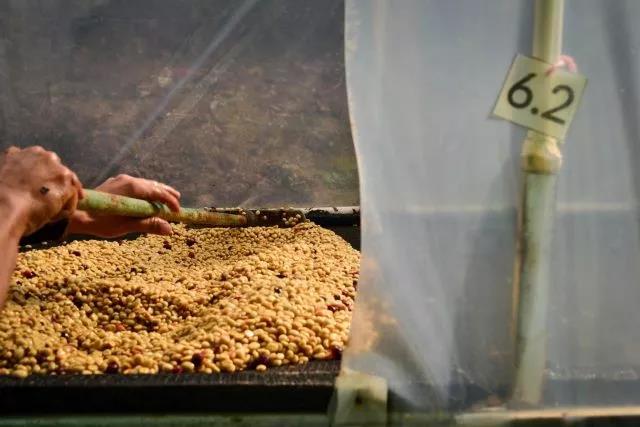
Tobosi Manor
Tobosi was founded in 2010, about 1450 meters above sea level, mainly to provide high-quality boutique coffee, with the goal of becoming a leader in the supply of boutique coffee. Strive to produce products in an open and transparent system and have a complete track record to ensure that customers can get the best products. All the quality services and manufacturing processes provided are in line with the protection of the environment.
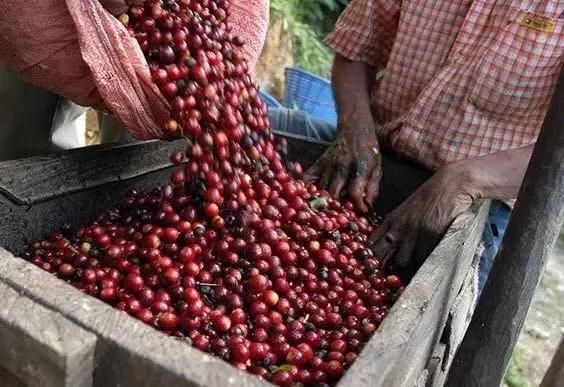
To achieve this goal, Tobosi has planned two estates, Tobosi and Copey,Tobosi, which were originally planted with ornamental plants, now have 20 hectares of coffee trees, and Copey is a high-altitude forest of about 12 hectares, mainly growing geisha coffee. Tobosi strives to be perfect in the process of growing coffee. According to high differences and environmental tests plus soil analysis, they have selected the areas that give full play to the characteristics of coffee to ensure the ideal growth and adequate nutrition of coffee beans. Malio, who has 19 years of experience in the quality control of Tobosi, used to be a dedicated bean baker and cup tester for COE. With manual harvesting in the manor, we can have a more complete understanding of the maturity and tracking management of coffee cherries, while customers can further understand the quality, harvest time, and all related processes.
The Grupo Los Grande de Copey S.A. (Hacienda Copey) Group, founded in 2011, has three main estates, Hacienda Copey and Finca Tobosi Finca Don Antonio. Finca Tobosi Manor, located two hours south of the Costa Rican capital San Jose, is owned by the Jorge Bernes family in 2010.
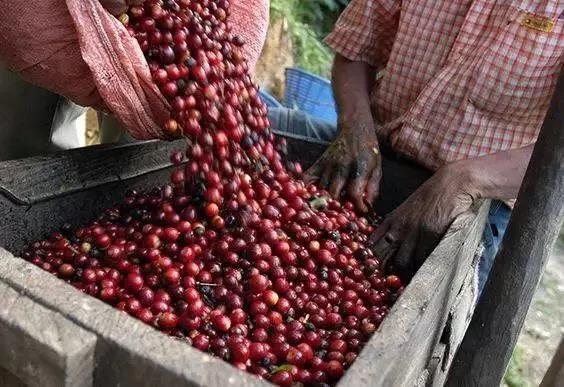
Jorge Bernes, who comes from a coffee family, has been growing coffee since his grandparents and was one of the first coffee growers in the Tarrazu region, apparently inheriting coffee-growing genes left over from his grandparents. Finca Tobosi Manor (Finca Tobosi) averages between 1500 and 1600 meters above sea level, with varieties of Red & Yellow Catuai, Villasarchi and Geisha, with a land area of 23 hectares. The other estate, Hacienda Copey, is located in Dota de Copey, with a relatively large land area of 90 hectares and a higher elevation of between 1900 and 2, 000 meters above sea level. The planting variety is similar to that of Topher Manor, but the microclimate is particularly different in different producing areas. It is worth mentioning that Finca Don Antonio, another estate of the Grupo Los Grande de Copey S.A. (Hacienda Copey) Group, which was founded in 2011, won the first place in the Costa Rica COE competition in 2017. under the competition of many contestants, it is no accident that it has a strong foundation.
03 | Analysis of raw beans
Excellent Costa Rican coffee beans are called "extra hard beans", and their classification criteria are:
Special hard bean SHB (Strictly Hard Beans) is above 1200 meters (3900 feet) above sea level.
Good hard bean GHB (Good hard Beans) 1200m above sea level (3900 m / m)
Medium hard bean MHB (Medium Hard Beans) 1000m above sea level (3300m / 1600ft)
Coffee raw beans are small, defective beans are 2%, and there is some honey on the surface. Emerald green represents fresh coffee that grows slowly at high altitude.
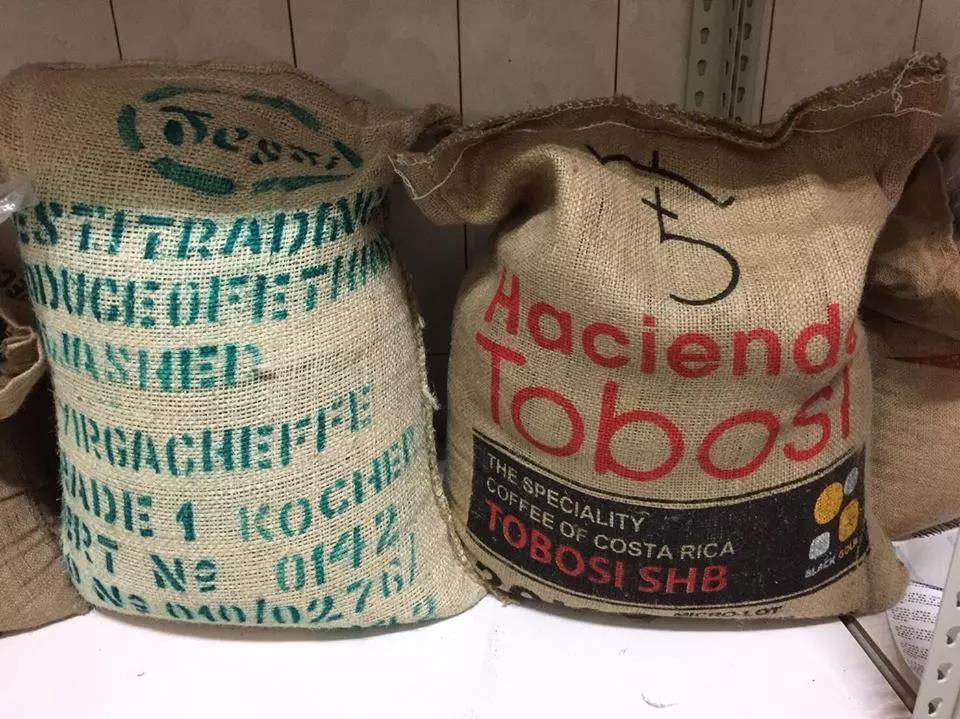
Country of origin: Costa Rica (Costa Rica)
Producing area: Tarazhu (Tarrazu)
Manor: Torbush Manor (Finca Tobosi)
Variety: Catuai
Altitude: 1600 m
Grade: SHB
Treatment: red honey treatment
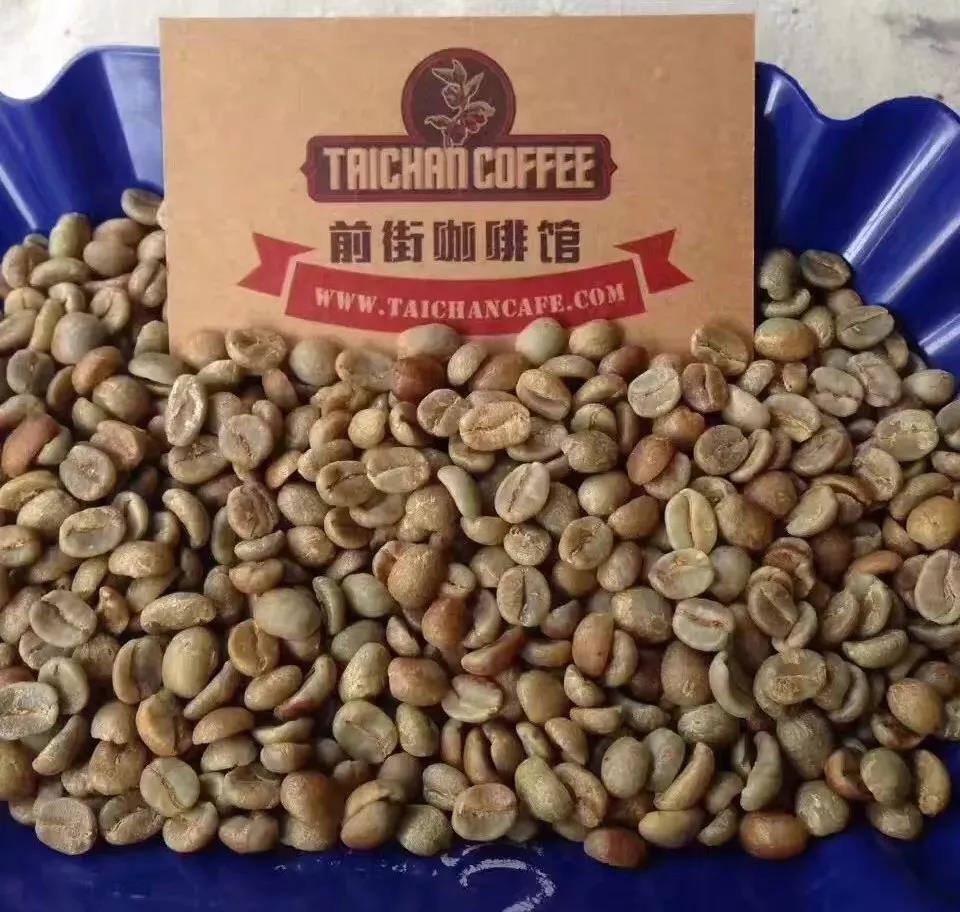
04 | Baking analysis
Hard bean coffee is coffee that grows at a relatively high altitude, while coffee grown at a lower altitude is generally considered soft bean coffee. Higher altitude and lower temperature make the fruit ripen more slowly, and form harder and less porous coffee beans. Observe the middle line of raw coffee beans. The more open the middle line is, the smaller the density of coffee beans is. If the middle line of the coffee bean is closed, its density will be higher.
Qianjie coffee is recommended to record the data before roasting, the water content, density, origin, treatment method, ambient temperature and humidity in the baking room, etc., and plan your baking curve. Recording the chemical and physical changes during the baking process will help you better understand the final baking results and help improve the baking curve.
This is the Catura species, honey treatment, high density, uniform bean mesh, full bean shape (bean core to bean surface is thicker) baking method: pull the baking time longer, so adjust the firepower when the dehydration is complete, bake to the maximum when the baking is blown, and develop the beans for 2 minutes.
Bake the curve:
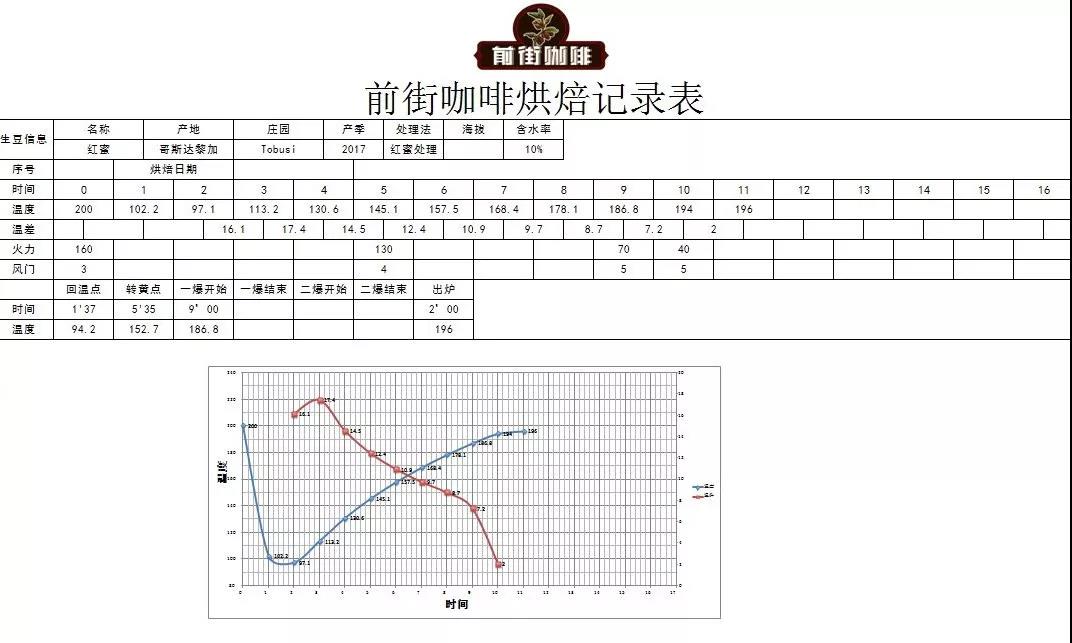
heat that oven to 200 DEG C, putting into the pot, open the air door for 3 minutes, adjusting the fire to 160 DEG C, keeping the air door unchanged, baking to 5 '35 ", the temperature is 152 DEG C, the bean surface turns yellow, the grass smell completely disappears, dehydration is completed, the fire is adjusted to 130 DEG C, and the air door changes to 4;
At 8 '40 minutes, the bean surface appears ugly beard wrinkles and black stripes, the toast flavor obviously changes to coffee fragrance, which can be defined as the prelude to the first explosion. At this time, you should hear the sound of the first explosion point clearly. At 9' 00 ", the first explosion starts. Turn down the fire to 70 degrees. The damper is fully open (the fire should be adjusted very carefully, not too small to have no explosion sound). Put the pan at 196.0 degrees.
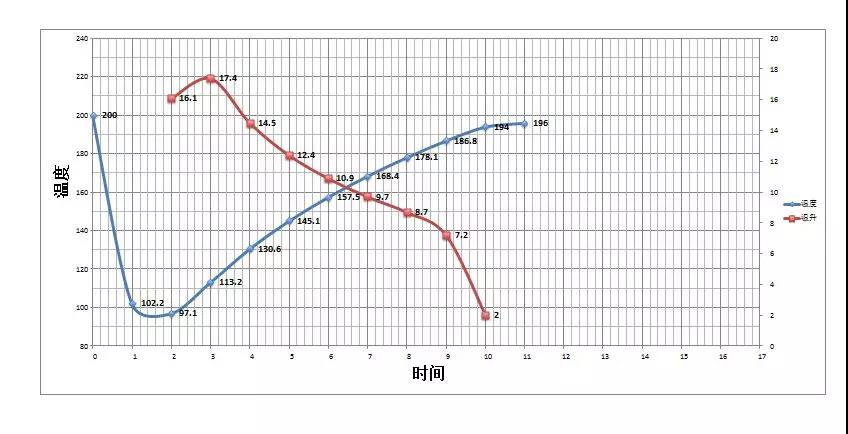
Cup test report:
Dry fragrance: floral, creamy, citrus, lemon, sugarcane sweet
Wet fragrance: toffee sweetness, white grapes, wild berries
Sipping: Brin, orange, peach, grapefruit, juice, natural sweetness, meticulous taste, perfect and balanced as a whole.
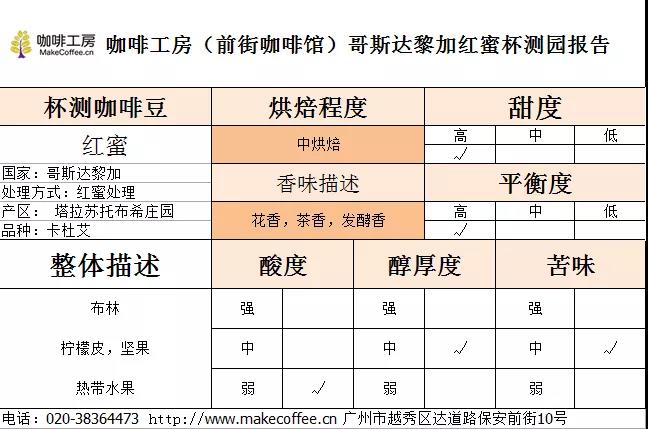
04 | Cooking analysis
The popular method of stirring and stewing in Europe and America is suitable for light-roasted coffee beans.
European-American mixing method: cross stirring with a mixing stick in the stewing stage, which is also a branch of the three-stage style, which was developed after Matt Perger, the champion of the 2012 World Cooking Competition. This method can effectively enhance the release of aromatic substances in coffee beans, magnify the flavor advantages of coffee beans, enhance the taste of coffee, will not be too thin.
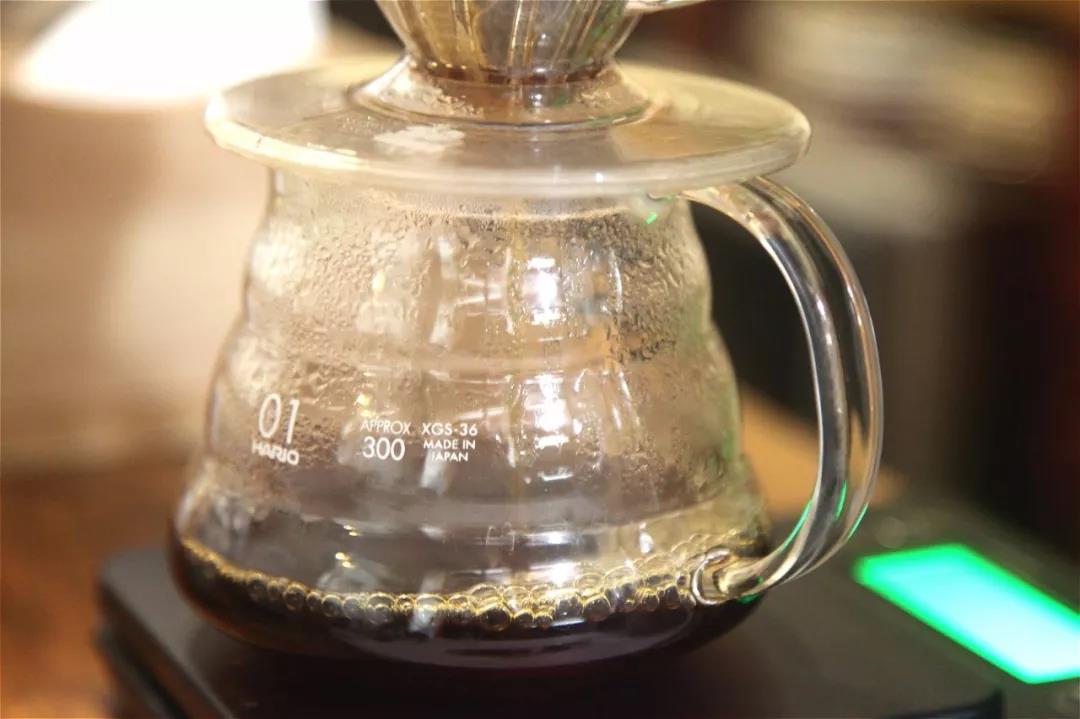
Huang Cadura, Carnett Manor, Costa Rica
| 01 | production area profile |

Carnett Manor Canet is located at the highest altitude where Tarrazu Tarazu Coffee is grown in Costa Rica. Carnett is the name of a small farm in this field. Finca Canet is a small 5-hectare estate in the town of San Marcos in Tarrazu, owned by three brothers, the Robles brothers Leo and Elianand Melvin, who have worked together for more than 10 years and share a small water treatment plant (Beneficio).
More than three generations of the Montero family have produced coffee in the charming mountains of Tarrazu, Costa Rica. Today, Carlos and his whole family are involved in the farm in Cane, the name of a small farm called Don Eli. Carlos and his family are deeply involved in Dowie Coffee Farm and miniature mills. With the support of his family, Carlos managed farming and milling. He is in different small farms, but also in the process of picking dates and separation.
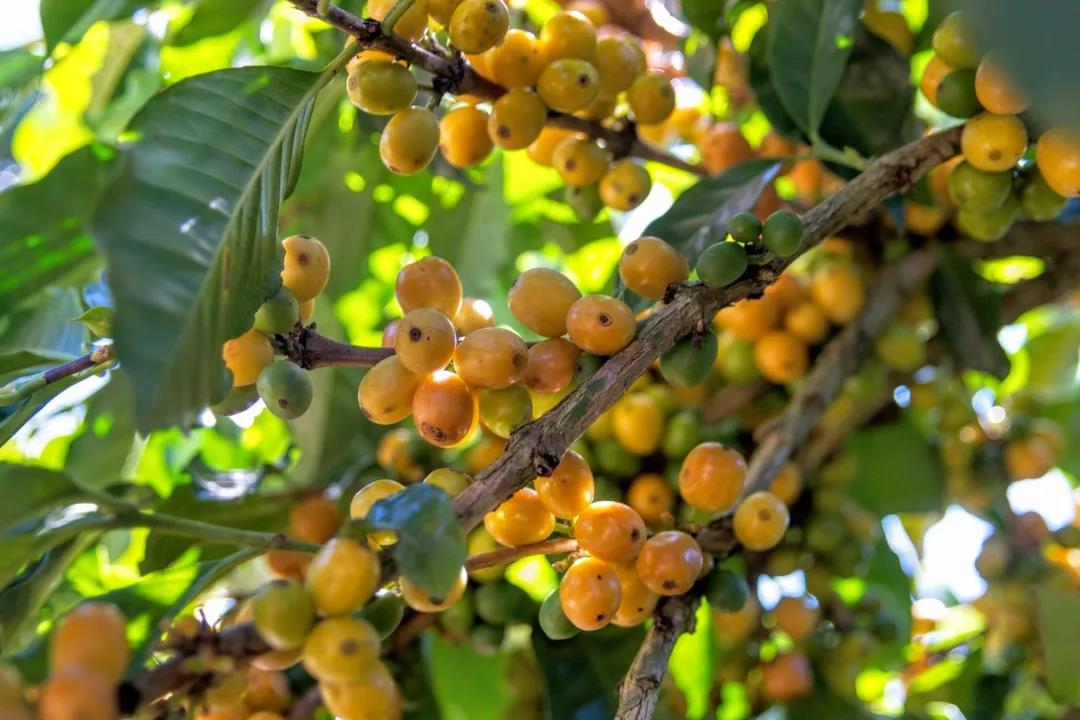
The locals choose well-ripe cherries. This area is the most densely planted area of Costa Rican fruit, the main manor is to grow passion fruit, the amount of coffee is quite rare, there is only one specific area to grow coffee, take special care, only pick ripe red cherry fruit. The unique variety in the manor: yellow Catuai.
Yellow Catuai; Catuai Amarillo, a hybrid of Mundo Novo and Kaddura, was first bred by the Brazilian Institute of Agricultural Research (Instituto Agronomico de Campinas) in 1949. Huangkaduai, like Red Kaduai (Red Catuai,Catuai Rojo), has extremely high disease resistance and is suitable for planting in high-altitude, windy areas. Both Catuai also have a delicate and clean sour taste.
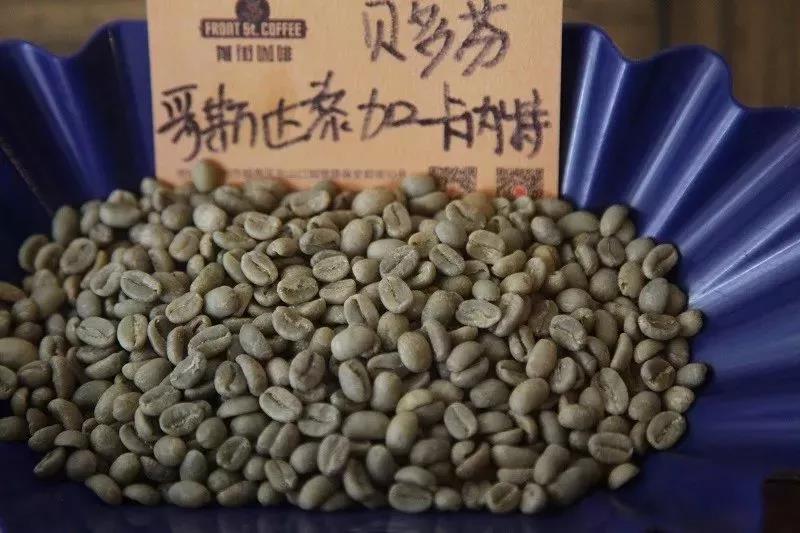
Through the adjustment of the machine, honey-treated coffee is produced (depending on the degree of honey treatment). Canet is located at the highest altitude where Tarrazu coffee is grown in Costa Rica. However, most of the coffee beans in this area are treated with red honey, black honey and yellow honey. This area is the most densely planted area of Costa Rican fruit, the main manor is to grow passion fruit, the amount of coffee is very rare, only a specific area to grow coffee, take special care, only pick ripe red cherry fruit.
They launched a series of musicians (Musican Series) products, a total of three beans, using different raw bean processing technology, highlighting different unique features.
Bach Mozart, Carnett Manor, Costa Rica
Area: Tarrazu Tazhu
Variety: catuai
Manor: Carnett
Technology: raisin treatment
Altitude: 1800-1900 m
Grade: SHB
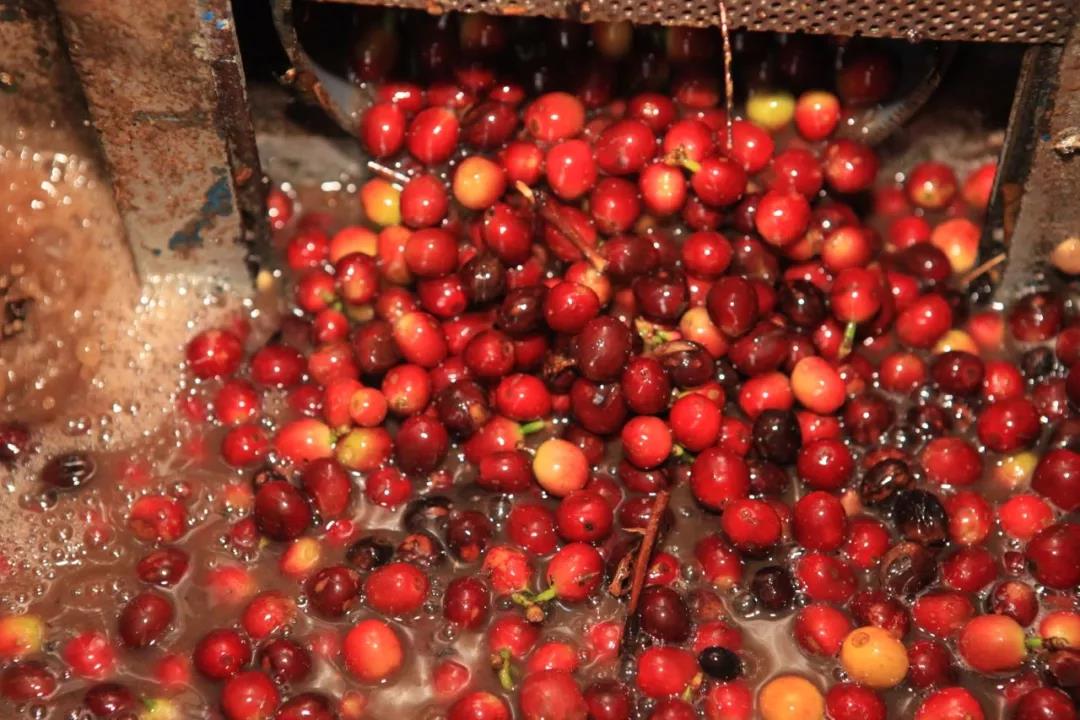
The treatment process is [double fermented honey treatment], which is to cool the coffee fruit into a raisin state (the fruit that makes raisins must be ripe fruit, preferably shade dried. The most famous raisins made from seedless grapes in Turpan, Xinjiang, China. Turpan has a hot and dry climate. There are many wall holes in the four walls of the brick dry room, with wooden sticks in the middle. The ripe seedless grapes will be put on. After hot air blowing, you will soon get high-quality raisins), and then peel honey to deal with fermentation, the flavor of fermentation will be more intense. And pectin preservation is higher than other honey treatments, claiming to be 100% pectin honey treatment really has the flavor of raisins.
This is a very sweet treatment, with the taste of white wine and balanced acidity, the flavor of fermentation will be more intense, and the preservation of pectin is higher than other honey treatments, a bit like "expensive rotten wine" sweet wine, honey, preserved apricot, raisins, peaches and other flavors.
Beethoven, Carnett Manor, Costa Rica
Country: Costa Rica
Area: Tarrazu Tazhu
Variety: catuai
Manor: Carnett
Process: washing treatment
Altitude: 1800-1900 m
Grade: SHB
Beethoven is a lively and beautiful type with a strong aroma of sour flowers and fruits, especially classic with a clear and long acidity like wind chimes. The aromas of flowers and fruit fill the mouth, with sweet aromas of honey, caramel, jasmine, fresh cherries, blackberries and limes. This is a great coffee with a description of sweet and colorful fruits, strawberry, apple, lemon, grape and citrus, and unforgettable taste of honey and toffee. Silky, creamy and mellow, such as the lingering finish of top Indian Darjeeling black tea.
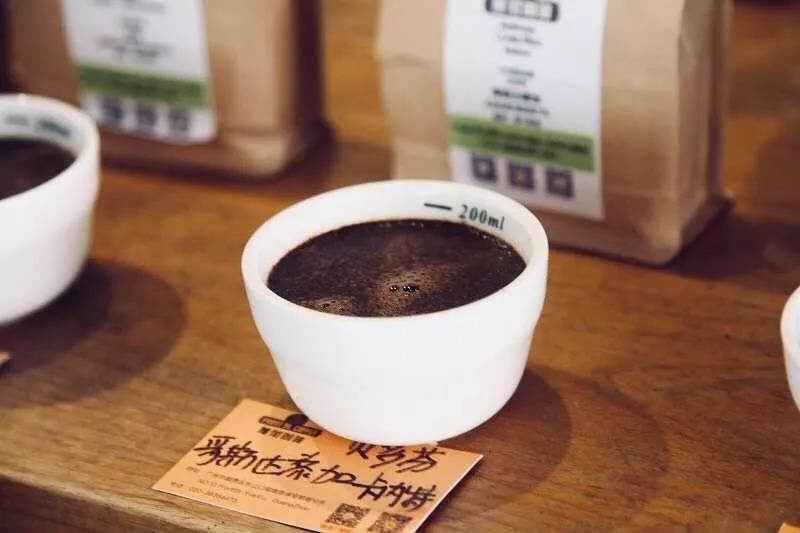
02 | Baking analysis
Take Beethoven as an example
Yangjia 800N, raw bean 550g, specific operation:
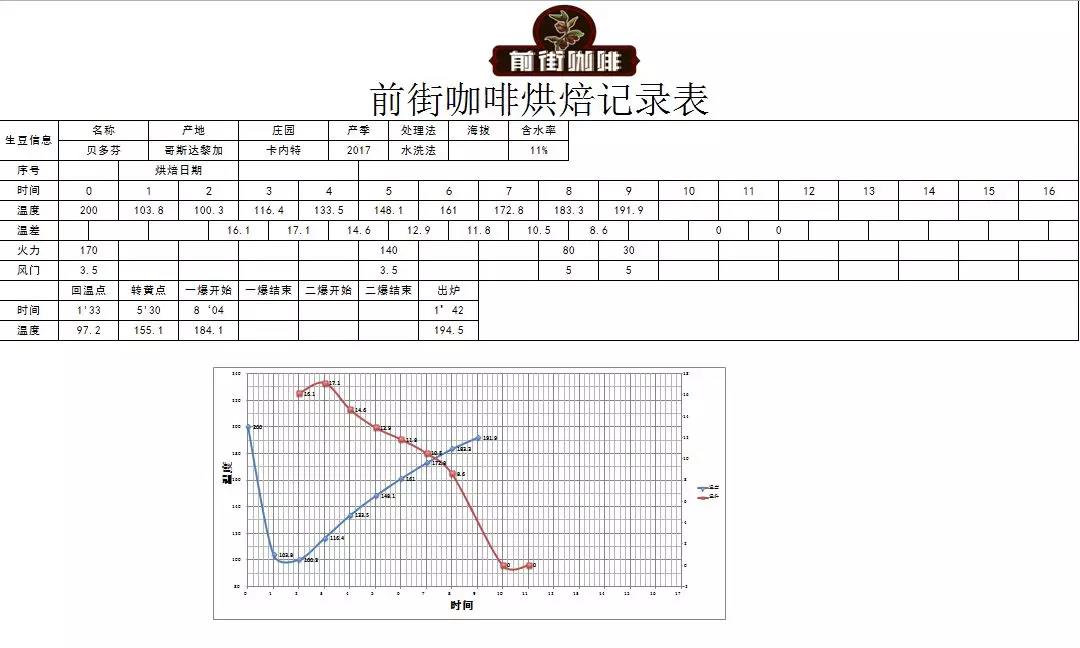
the oven temperature is increased to 200 DEG C, the oven is put into the pot, the air door is opened for 3.5 DEG C, after stewing for 1 minute, the fire power is adjusted to 160 DEG C, the air door is not changed, the oven temperature is adjusted to 165 DEG C, the fire power is reduced to 140 DEG C, the baking temperature is 5 '30 DEG C, the temperature is 155.1 DEG C, the bean surface turns yellow, the grass smell completely disappears, dehydration is completed, and the air door is not changed;
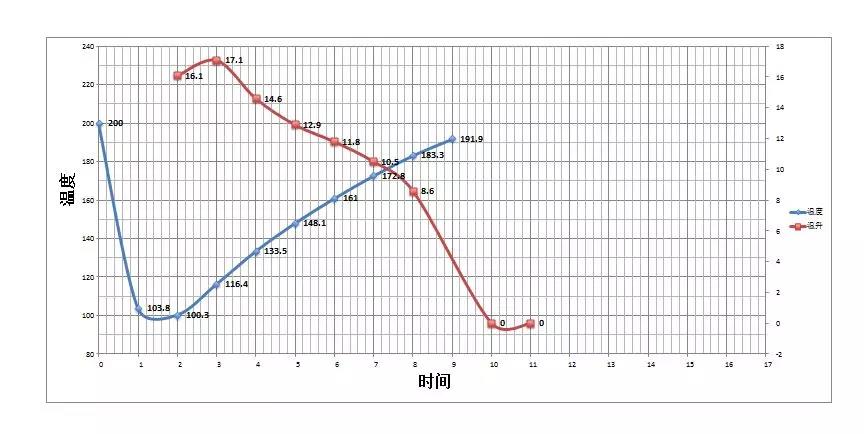
In the 9th minute, ugly wrinkles and black markings appear on the bean surface, and the smell of toast obviously changes to the smell of coffee, which can be defined as a prelude to an explosion. At this time, listen clearly to the sound of an explosion point, to 8: 04 "start an explosion, adjust the firepower to 80 degrees, the throttle is fully open 5 degrees (the fire power should be very careful, not so small as to be free of cracking sound) 40 degrees, and the fire drops to 194.5 degrees when the fire drops to the pot.
03 | Cooking analysis
[hand flushing]
First of all, we need to understand the characteristics of Mozart beans. Mozart's cup test shows: sweet and colorful fruits (strawberry, apple, grape, citrus) unforgettable taste of honey and toffee, silky creamy mellow (such as the long finish of Darjeeling black tea) so our main extraction target is the sweet and sour flavor and fermented flavor in the front and middle, as well as a mellow finish.
Costa Rica's SHB beans are relatively high above sea level, hard, and have excellent sweet and sour texture (that is, they are more resistant to extraction), so even if they are moderately baked, we can extract them with water of 91 degrees, rather than worrying too much about overextraction and bitterness.
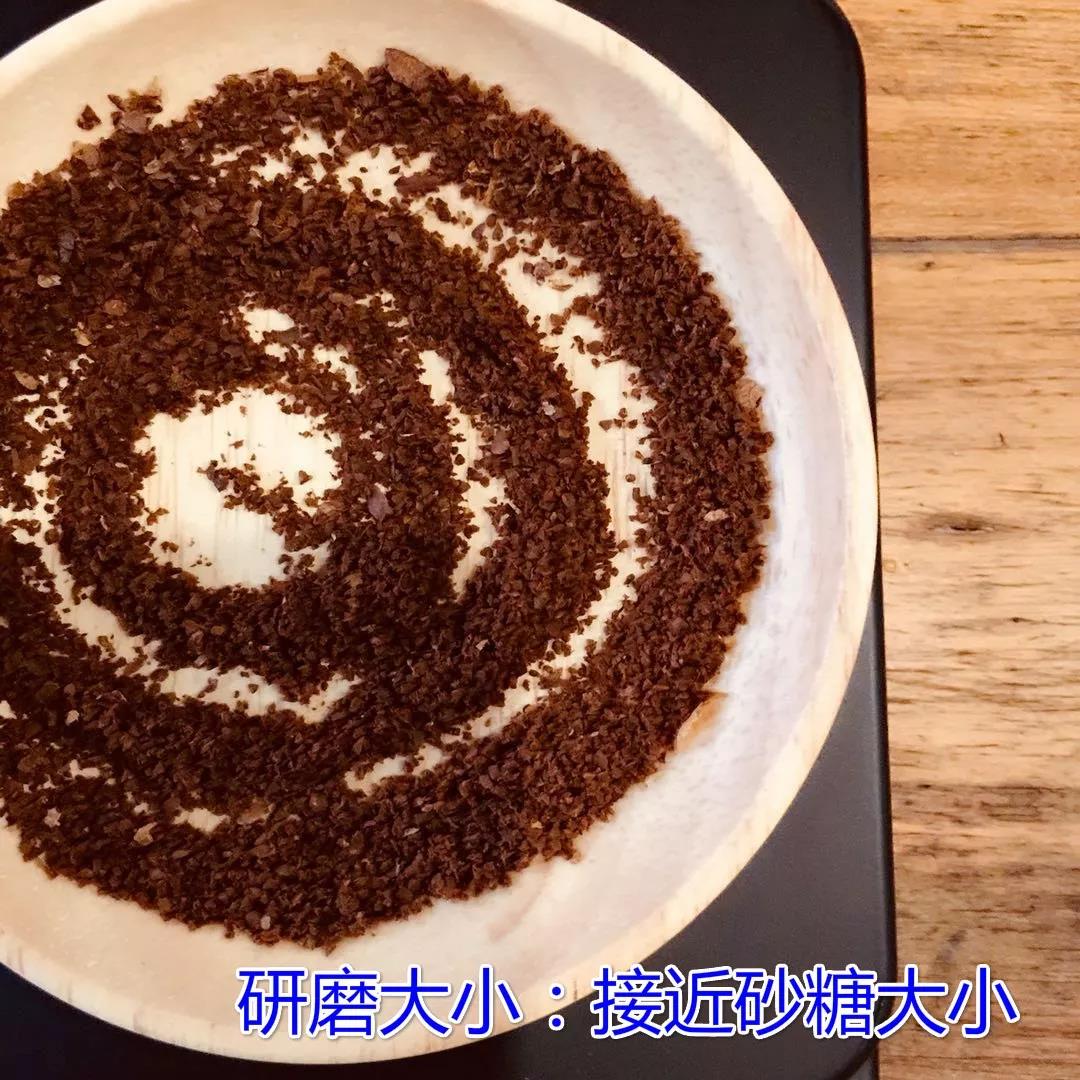
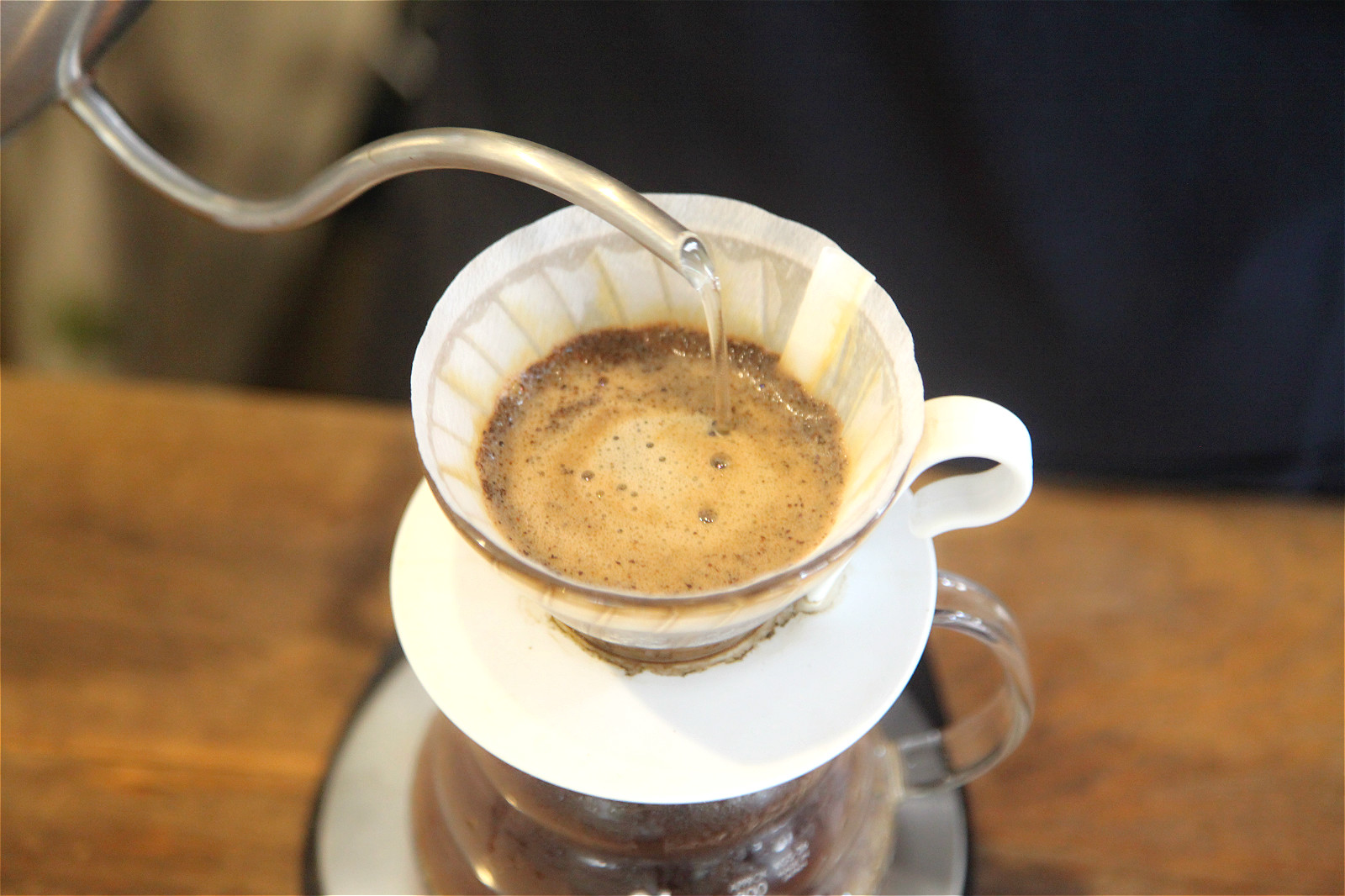
Filter cup: Hario V60
Water temperature: 90 degrees
Degree of grinding: small Fuji 3.5 (China 20 screen pass rate 64%)
Cooking methods: the ratio of water to powder is 1:15, 15g powder, the first injection of 25g water, 25 s steaming, the second injection to 120g water cut off, waiting for the powder bed water to half and then water injection, slow water injection until 225g water, extraction time about 2:00
Analysis: using three-stage brewing to clarify the flavor of the front, middle and back of the coffee. Because V60 has many ribs and the drainage speed is fast, it can prolong the extraction time when the water is cut off.
[siphon cooking technique]
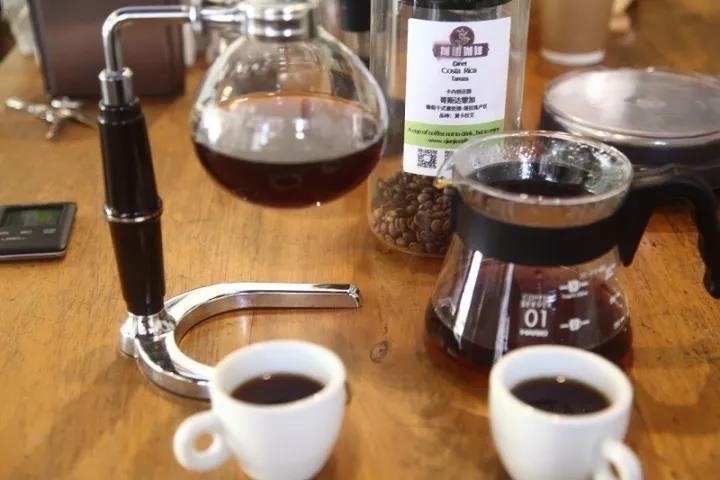
Use the post-powder method, that is, first boil the water to the pot, and then add powder to stir.
The first step: boil until the fisheye bubble is formed, insert the pot tightly; when the hot water rises to the pot, measure the water temperature, 91 degrees. Adjust the firepower until the water column is stable and there are no bubbles in the upper pot. Then cross the cross and gently press the powder to wet completely.
The second step: steam for 38 seconds, observe the bubble state of the powder layer, stir in a circle for the first time, and stir three times.
Step 3: boil to 52 seconds, turn off the engine, wait for the siphon, and the coffee flows back to the pot.
Conclusion:
When it comes to baking, Beethoven is lower than that of Wento Bush Manor, retains more fruit acidity and floral aroma, and tends to be fresh in sweetness, while the oven temperature of Tobush Manor is higher, in order to express its caramel sweetness, baking to an explosive development for 2 minutes, the sweet performance is more solid and heavy.
The source of sweetness is pectin, honey-treated beans are dried, there is enough time for sugar to seep into the pulp, and water washing beans, because through bacterial fermentation, wash off the sugar in pectin, in the taste is more sour performance, from the cup test found that Beethoven's acidity is stronger than that of Tobush Manor. Although it is the same producing area, different treatment methods will make corresponding adjustments in baking to achieve the purpose of expressing the characteristics of beans.
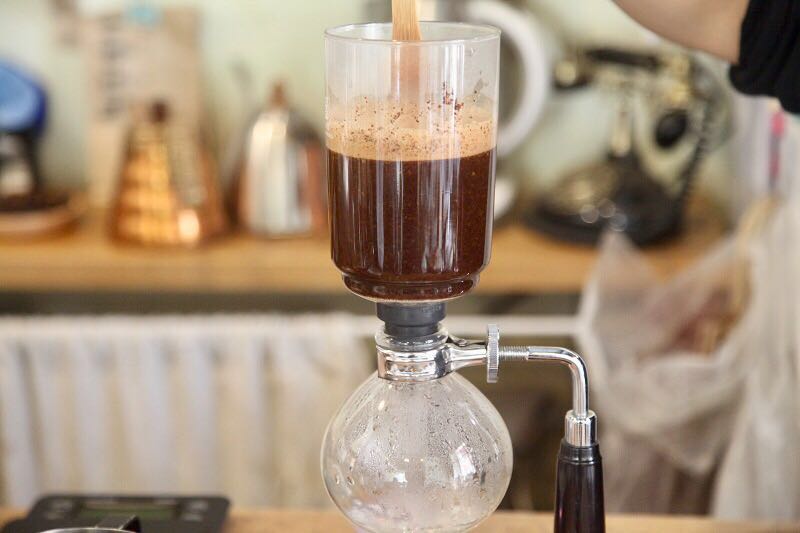
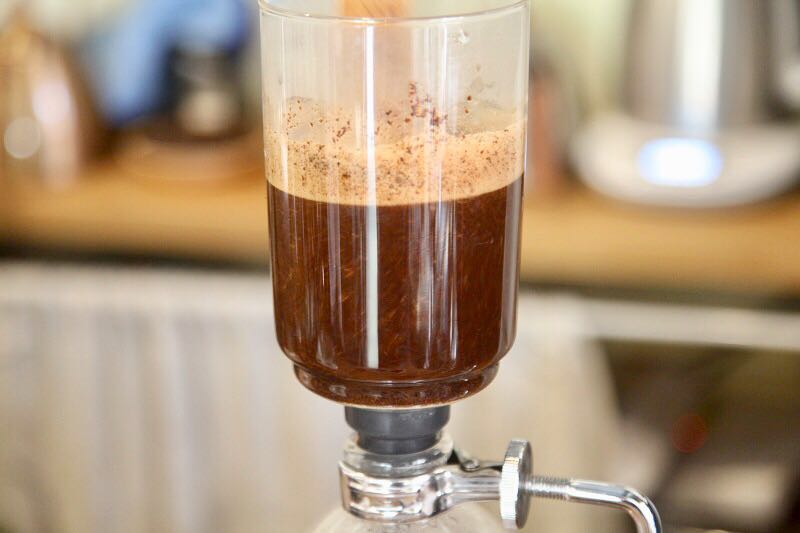

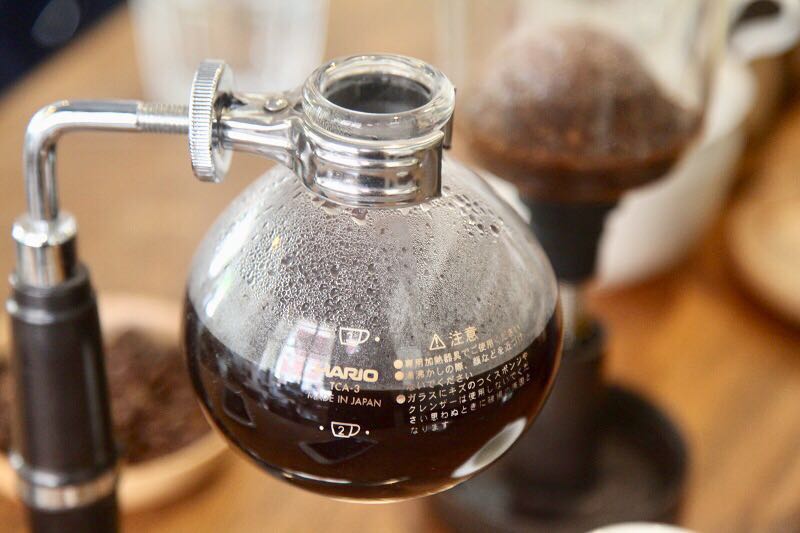
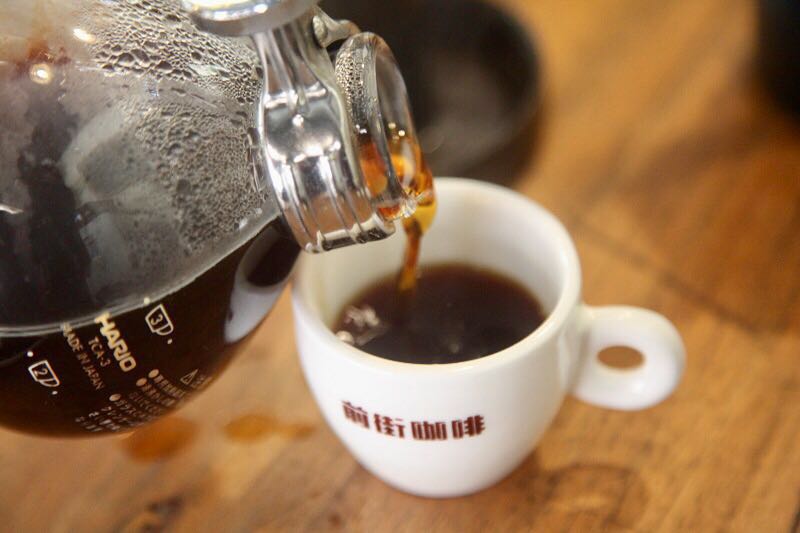
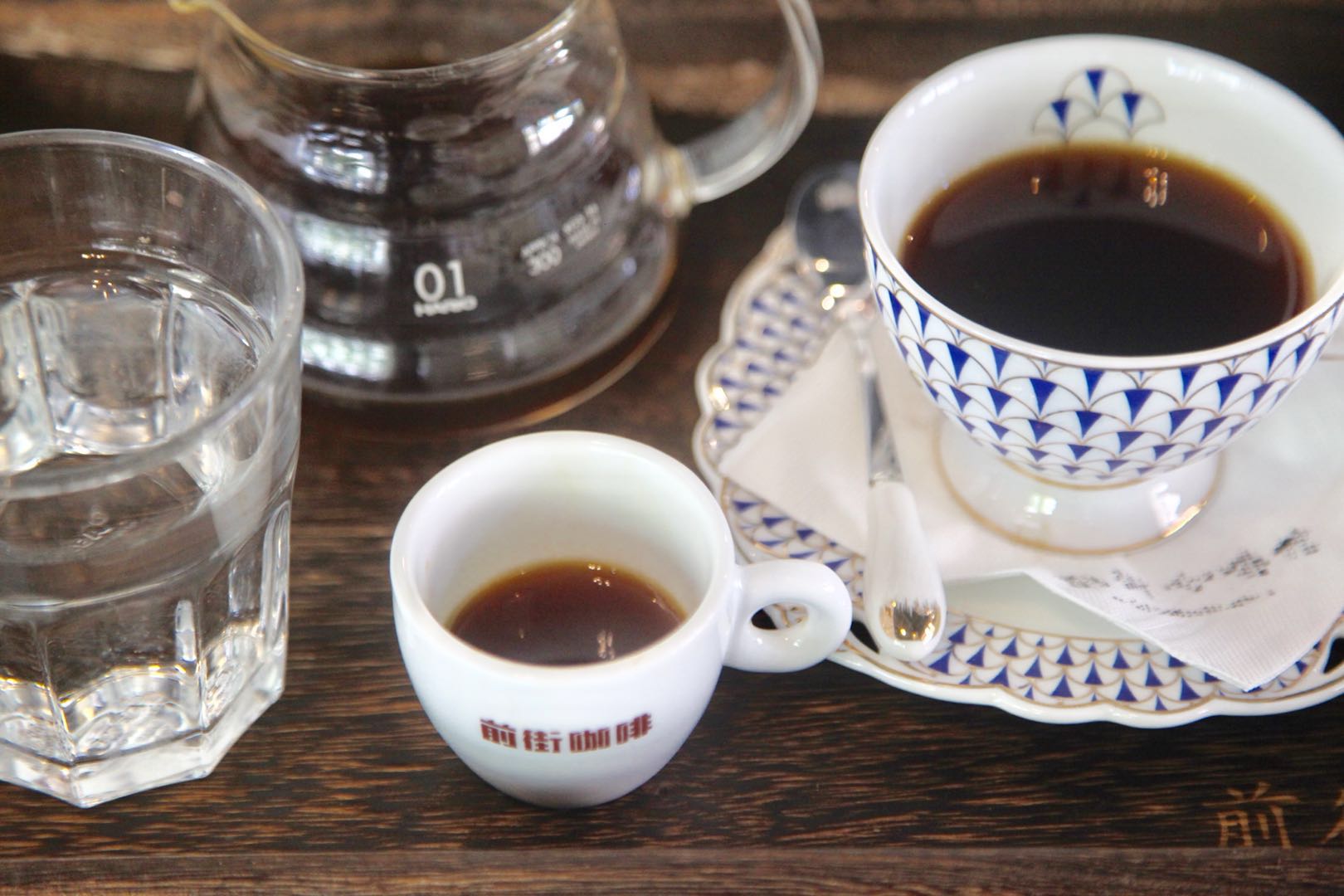
Important Notice :
前街咖啡 FrontStreet Coffee has moved to new addredd:
FrontStreet Coffee Address: 315,Donghua East Road,GuangZhou
Tel:020 38364473
- Prev
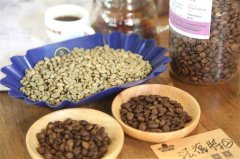
Ethiopia Yega Sheffield Gaidi Ocochelbanco G1 sun Fafat flavor?
Professional coffee knowledge exchange more coffee bean information please follow the coffee workshop (Wechat official account cafe_style) Ethiopia Yega Xuefei production area | what is Sunshine Fat? Ethiopia Washed Yirgacheffe Banko Fufuate G1 Ethiopia Yega Sheffield Gaio Cochel Banco G1 processing Plant: Benafka processing Plant Beyene Figa
- Next
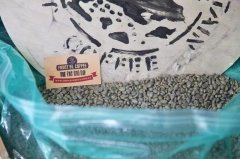
How to make Golden Blue Jamaican blue mountain coffee beans by hand at home? Authentic Blue Mountain Identification course
Professional coffee knowledge exchange more coffee bean information please follow the coffee workshop (Wechat official account cafe_style) today introduced this Blue Mountain coffee beans, he is the pure Blue Mountain, but also one of the familiar coffee names Jamaica Blue Mountain (Jamaican Blue Mountain Coffee) want to have people who specialize in or like to drink sour coffee, for the pure Blue Mountain Coffee
Related
- Detailed explanation of Jadeite planting Land in Panamanian Jadeite Manor introduction to the grading system of Jadeite competitive bidding, Red bid, Green bid and Rose Summer
- Story of Coffee planting in Brenka region of Costa Rica Stonehenge Manor anaerobic heavy honey treatment of flavor mouth
- What's on the barrel of Blue Mountain Coffee beans?
- Can American coffee also pull flowers? How to use hot American style to pull out a good-looking pattern?
- Can you make a cold extract with coffee beans? What is the right proportion for cold-extracted coffee formula?
- Indonesian PWN Gold Mandrine Coffee Origin Features Flavor How to Chong? Mandolin coffee is American.
- A brief introduction to the flavor characteristics of Brazilian yellow bourbon coffee beans
- What is the effect of different water quality on the flavor of cold-extracted coffee? What kind of water is best for brewing coffee?
- Why do you think of Rose Summer whenever you mention Panamanian coffee?
- Introduction to the characteristics of authentic blue mountain coffee bean producing areas? What is the CIB Coffee Authority in Jamaica?

